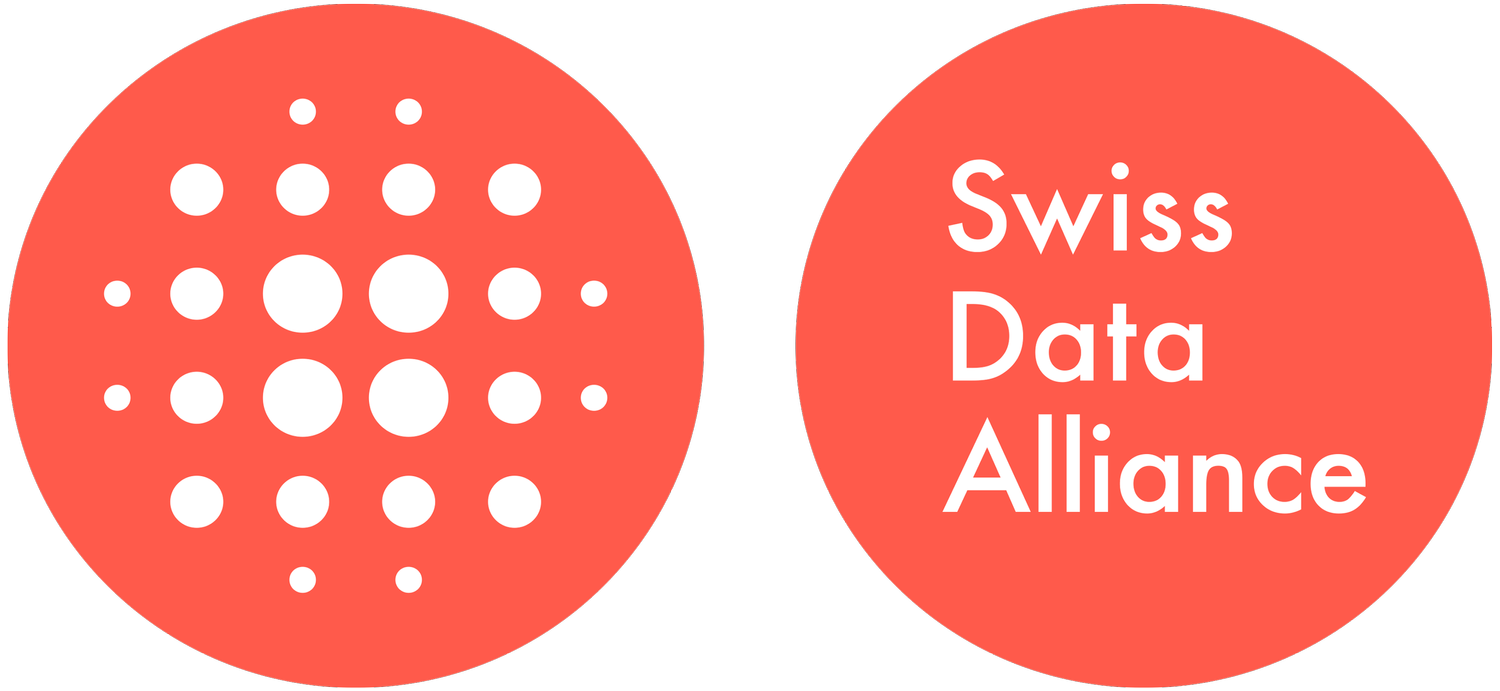Definition of the term "secondary use of data"
In connection with the proposed framework law for the secondary use of data, the question of clear terminology arises. The following definitions are intended to contribute to this.
The following definitions are taken from the annex to the vote of the Swiss Data Alliance in the Council of States Committee for Science, Education and Culture.
What is data?
Data are numerical, alphanumeric or other symbolic records and can be processed automatically in digital form. Data is created in specific application contexts and usually has a primary purpose (e.g. processing a payment or controlling a vehicle).
What does secondary use mean?
Thanks to its digital form, data can be extracted from its primary context of origin without major effort, combined with other data and used for other, secondary purposes (e.g. seasonal analysis of a bank's payment transactions or weather-dependent planning of vehicle fleet maintenance).
The great economic value of data lies in such secondary uses, as demonstrated by platforms such as Google, Facebook and Amazon, whose business models are essentially based on the accumulation and reuse of data.
However, the secondary use of data also plays a decisive role in practically all scientific fields in order to verify research results or to gain new scientific insights. In both the natural and social sciences, the publication of data for secondary use has therefore been a condition for the funding of research projects at national and international level for a number of years. Applied research in the social and medical sciences is also increasingly dependent on the secondary use of operational data from administrations, health institutions and private companies.
However, as secondary uses of data are generally of great value to companies, research institutions, administrations, political bodies and the media, infrastructures are increasingly being created that make data accessible at its source and make it available to authorized actors for secondary uses. Examples of this are statistical data, geodata and open data platforms or the planned mobility data infrastructure.
What does data management mean?
The term "secondary use of data" should be distinguished from the broader term "data management". Data management encompasses all technical, organizational and legal aspects in the life cycle of data - from the collection, management and storage of data to archiving or destruction. The preparation and publication of data for secondary use is a sub-aspect of the data life cycle.
